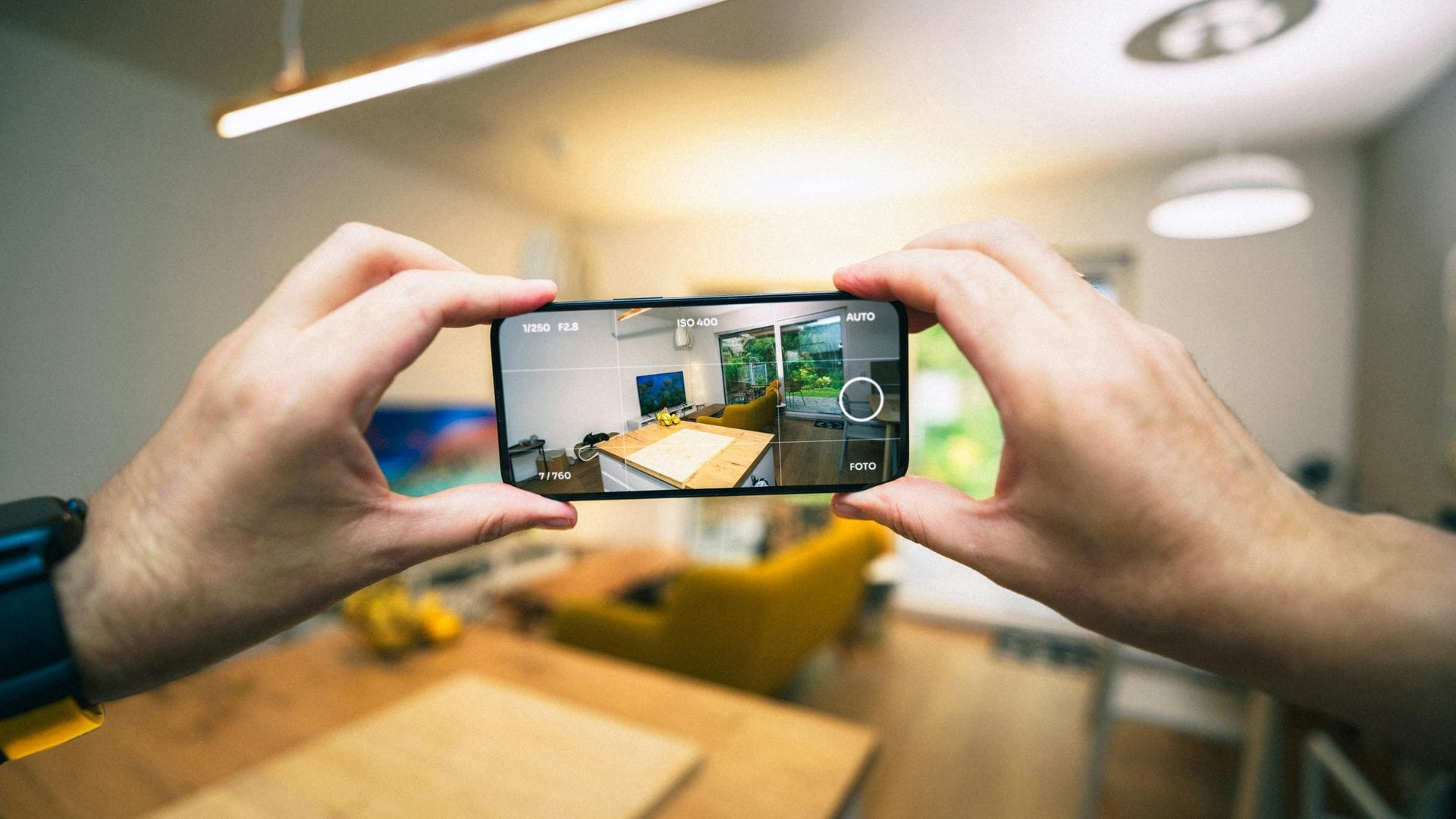Introduction
In today’s digital-first world, customer engagement is paramount. Consumers expect interactive, immersive experiences that make them feel connected to the brands they interact with. One such tool that’s rapidly gaining popularity is the Virtual 360° Tour.
These interactive tours offer a unique and engaging way to showcase your business online, allowing potential customers to explore your space virtually before making a decision. In this blog, we’ll discuss how virtual tours can significantly improve customer engagement and ultimately help drive more sales for your business.
What is a Virtual 360° Tour?
A Virtual 360° Tour is a digital representation of your physical space that allows users to navigate through it by clicking and dragging their screen. Whether it’s a retail store, office, restaurant, or event venue, virtual tours give customers a lifelike experience of your business. The immersive, interactive nature of these tours makes it easier for customers to visualize themselves in your space, helping them form a connection with your brand.
How Virtual 360° Tours Boost Customer Engagement
1. Offers an Interactive Experience
Unlike static images or written descriptions, 360° tours provide an interactive, engaging experience that encourages users to explore. By navigating through your business virtually, customers can take their time, discover details they might otherwise miss, and engage with your brand on a deeper level. This increased interactivity can lead to longer site visits, higher engagement rates, and a greater likelihood of conversion.
2. Increases Trust and Transparency
Customers today are more skeptical than ever. They want to know what they’re getting before they make a purchase or decision. Virtual 360° Tours help alleviate these concerns by offering a transparent, unfiltered view of your business. It builds trust by showing customers that you have nothing to hide and that you’re confident in your offerings.
When potential customers can virtually walk through your store or office, they feel more informed, reducing any uncertainty they may have. This leads to a stronger bond between your business and your audience.
3. Enhances Customer Experience
Virtual tours significantly enhance the customer experience by offering them the freedom to explore your space at their own pace. Whether they’re looking to browse a retail store, view an event venue, or check out a real estate property, virtual tours provide an engaging and informative way to do so. A positive customer experience increases the likelihood of them returning or recommending your business to others.
4. Showcases Your Business in Its Best Light
360° tours allow you to highlight the features that set your business apart. Whether it’s the ambiance of your restaurant, the variety of products on display, or the layout of your office space, virtual tours give you the opportunity to showcase your business in the most flattering and engaging way. By providing a more complete picture, you help customers make informed decisions faster.
5. Boosts Conversion Rates
Incorporating virtual tours into your website can improve your conversion rates. Customers who engage with a virtual tour spend more time on your website, which sends positive signals to search engines about the quality of your content. This can result in better SEO rankings, making your business more visible to potential customers.
Moreover, the immersive nature of virtual tours helps potential buyers feel more confident in their decision-making, leading to higher conversion rates—whether you’re selling products, services, or experiences.
6. Mobile-Friendly and Accessible Anytime
One of the significant advantages of virtual tours is that they are mobile-friendly. With more consumers browsing and shopping from their smartphones, offering a virtual tour that works seamlessly on mobile devices is crucial. Customers can explore your business anytime, from anywhere, making it easier for them to engage and interact with your brand at their convenience.
7. Provides Valuable Insights
Virtual tours also provide you with valuable user engagement data. You can track which areas of your business customers interact with most, how long they spend on the tour, and where they tend to drop off. This information can help you identify areas for improvement and fine-tune your marketing strategies to better meet your audience’s needs.
Virtual 360° Tours in Action: Examples Across Industries
Real Estate
In real estate, virtual tours are a game-changer. They allow potential buyers to take a full tour of properties without leaving their homes. This not only saves time but also helps them make more informed decisions. Real estate agents who offer virtual tours often see higher engagement rates, which can lead to faster sales.
Retail
For retail businesses, offering a virtual tour of your store can give online customers a feel for your products and layout. This is especially beneficial for businesses with physical locations, as it enables customers to preview what they can expect before visiting. Virtual tours can help drive traffic to your store and even allow for easier online purchases through integrated product links.
Hospitality
Hotels and restaurants use virtual 360° tours to give guests a sneak peek of rooms, dining areas, and amenities. By allowing potential customers to virtually experience your hotel or restaurant, you increase their confidence in choosing your business over competitors. It’s a great way to showcase your unique offerings and stand out in a crowded market.
Events and Venues
Event venues such as conference halls, wedding venues, and concert halls can benefit from virtual tours by giving potential clients a better understanding of the space and its features. Virtual tours can increase bookings by providing a detailed, immersive view of what customers can expect during their event.
How to Create a Virtual 360° Tour for Your Business
Creating a 360° virtual tour for your business is easier than you think. Here’s a quick guide to get you started:
- Hire a Professional Photographer: Work with a professional who specializes in virtual tours. They will have the right equipment and expertise to capture your business in the best light.
- Optimize Your Tour for Mobile Devices: Ensure the tour works seamlessly across all devices, including smartphones and tablets.
- Integrate the Tour into Your Website: Make the virtual tour easy to find by embedding it on your website or linking to it through your Google Business profile.
- Promote Your Tour: Share your virtual tour on social media, through email campaigns, and other marketing channels to increase visibility and drive engagement.




